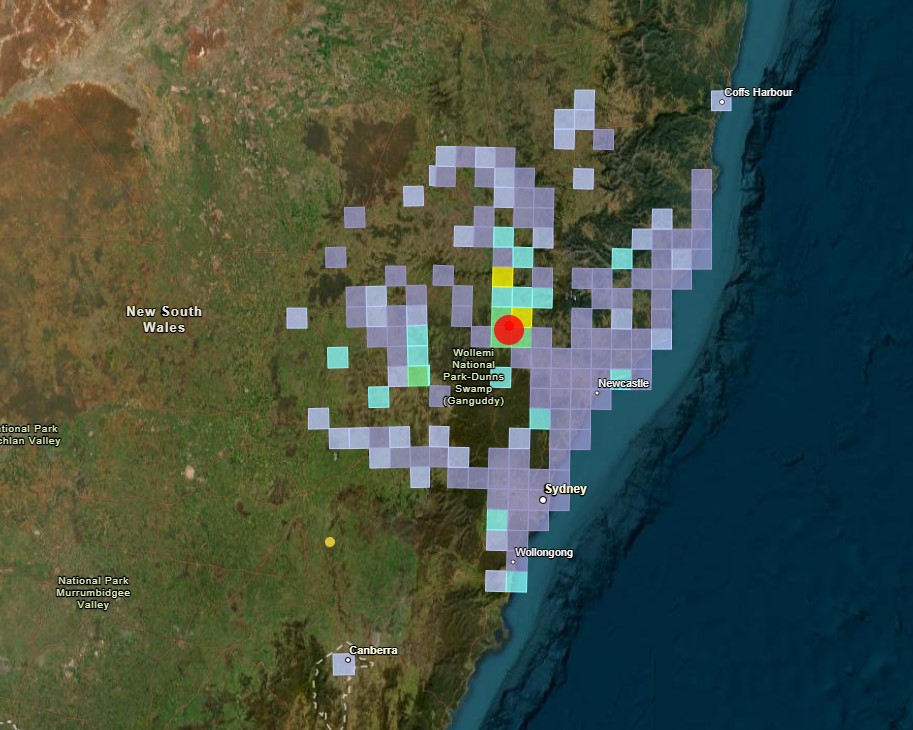News
Magnitude 4.7 earthquake in Upper Hunter, NSW
Published:23 August 2024
Further aftershocks are possible
The Upper Hunter region has been rocked by a magnitude 4.7 earthquake at 12:01 PM on Friday 23 August near the town of Denman, near Muswellbrook, NSW.
The earthquake was widely felt across the Newcastle and Sydney regions, with over 3,000 felt reports registered, including as far as Wollongong.
With the epicentre at around 5 km deep, the earthquake was quite shallow, which accounts for the large number of felt reports.
Senior Seismologist Dr Hadi Ghasemi said there have been more than 150 events in the region in the last 20 years, with the last significant event a magnitude 4.4 in 2019.
While earthquakes of this size are less common in Australia, no area is completely immune from earthquakes.
“Moderate to large earthquakes can occur anywhere across the continent, and without warning. On average, Australia experiences an earthquake of this size once every year or two,” Dr Ghasemi said.
He also advised that aftershocks have been recorded and it would be reasonable to expect further aftershocks following this earthquake.
Aftershocks are smaller than the mainshock, and generally become less frequent with time. “However, it is important to note that it is not possible to predict precisely when or how large these earthquakes may be, or when the sequence will diminish to a point where they are no longer detectable.”
“The Australian plate is the fastest moving continental land mass on Earth and is colliding into the Pacific plate to the north and east, and the Eurasian Plate to the northwest.
“This generates compressive stress in the interior of the Australian continent. Earthquakes are caused by the sudden release of this stress when rocks deep underground break and move along a fault line."
Earthquakes can and do occur anywhere and at any time. Geoscience Australia works with governments, industry and communities to help reduce the impact of disasters on our country, and to help build more resilient communities now and in the future.
To protect yourself during an earthquake, the best advice is to drop, cover and hold on. First, drop to your hands and knees, bend over to protect your vital organs, and protect your head and neck with your hands. If you can, find something sturdy to shelter under, such as a desk or table, and hold on by gripping a table leg or other part of your sturdy shelter.
If you felt the earthquake, please complete a felt report at https://earthquakes.ga.gov.au.
Earthquake facts:
On average, Australia experiences large earthquakes once every 1-2 years.
- The 2021 Woods Point earthquake was magnitude 5.9
- The 2018 Lake Muir earthquakes were magnitude 5.2 and 5.3
- The 1989 Newcastle earthquake was magnitude 5.4.
About every ten years or so, Australia experiences a potentially damaging earthquake of magnitude 6.0 or more.
- The 1968 Meckering earthquake was magnitude 6.5
- The 1988 Tennant Creek earthquake was Australia’s biggest on record, at magnitude 6.6
